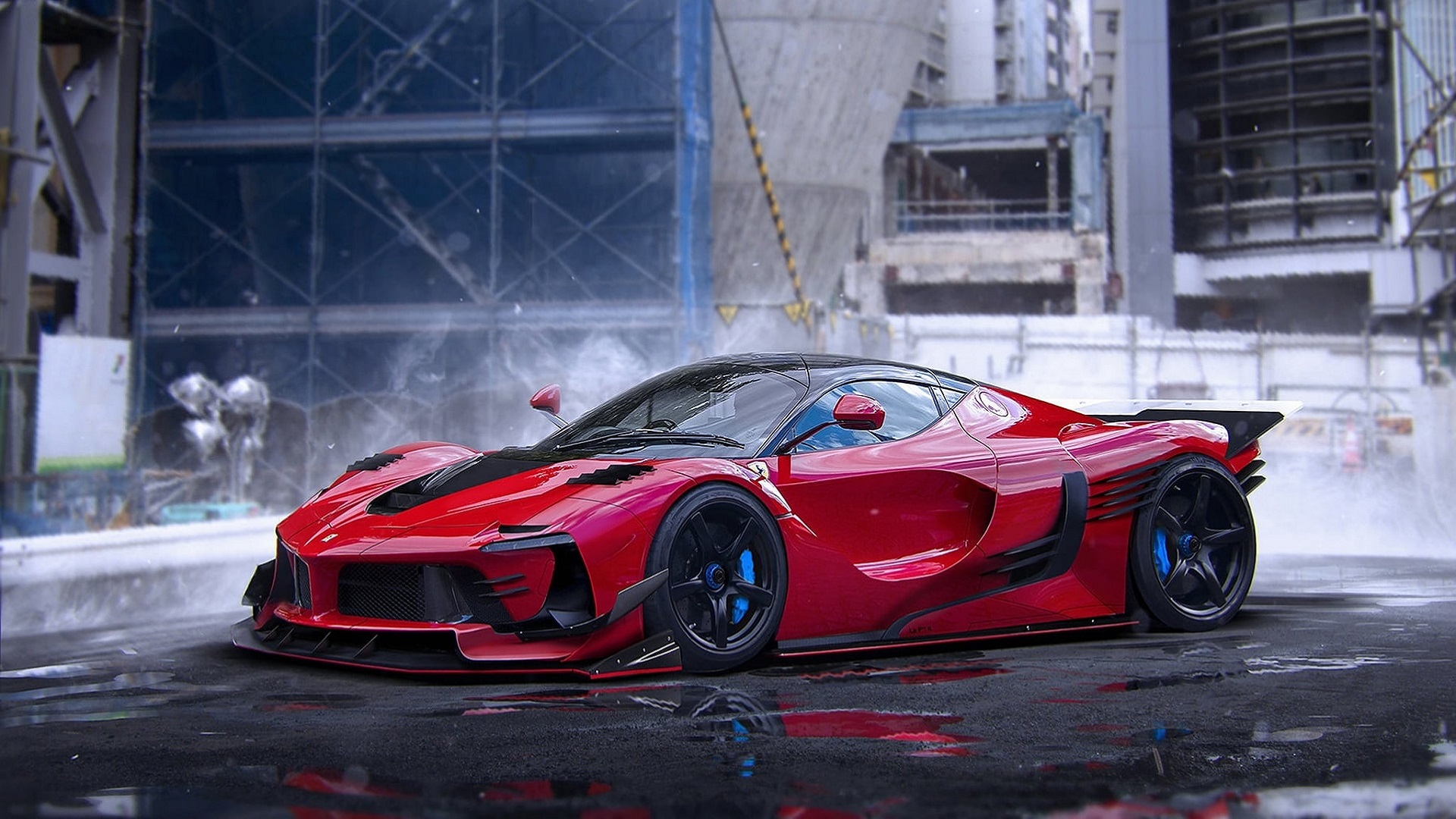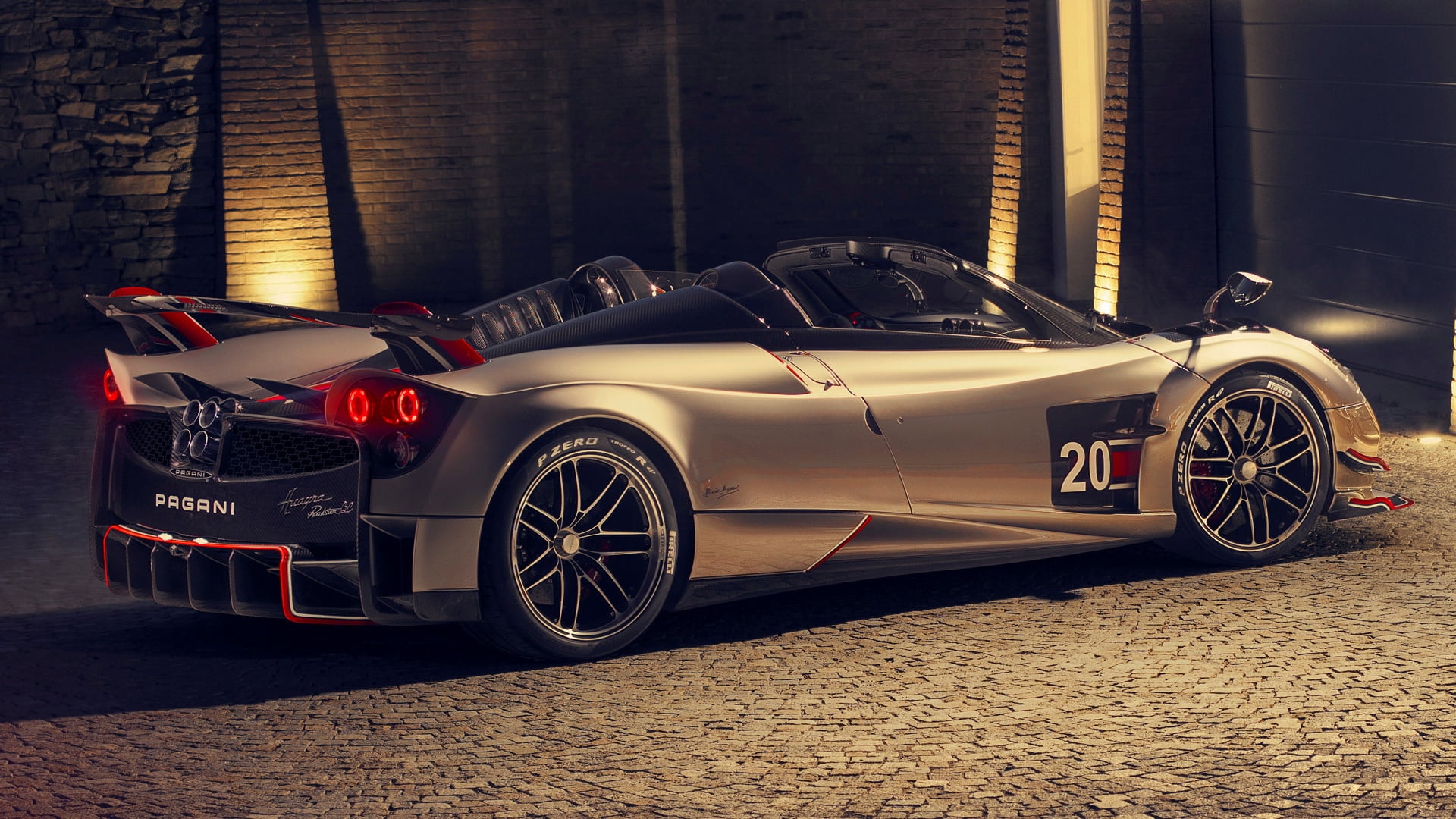Now Reading: 1926 Bugatti Type 41 Royale – The Epitome of Luxury and Legacy
-
01
1926 Bugatti Type 41 Royale – The Epitome of Luxury and Legacy
1926 Bugatti Type 41 Royale – The Epitome of Luxury and Legacy

When it comes to the ultimate symbol of automotive opulence, few vehicles can claim the presence, exclusivity, and elegance of the 1926 Bugatti Type 41 Royale. Designed by the legendary Ettore Bugatti, the Type 41 Royale was more than just a luxury car—it was a statement of prestige, a vision of unparalleled craftsmanship, and a showcase of innovation that set a new standard in automotive engineering. With its grandiose size and remarkable attention to detail, the Royale stands as one of the rarest and most expensive cars ever created, embodying a legacy that still reverberates in automotive circles nearly a century later.

The Type 41 Royale was conceived by Ettore Bugatti with the idea of creating a car fit for royalty, meant to elevate the Bugatti brand to heights unmatched by any other automaker. Bugatti envisioned the Royale as the ultimate luxury vehicle, one that could rival Rolls-Royce and other prestigious carmakers of the era. It was to be the pinnacle of automotive excellence, offering unmatched comfort, craftsmanship, and power. However, the global economic crash of the late 1920s drastically limited its market, and only six Royales were ultimately produced, each representing a unique testament to Bugatti’s vision.
At nearly 21 feet long with a 15-foot wheelbase, the Royale is colossal, even by today’s standards. Its sheer size was intentional, intended to convey a sense of grandeur that would command attention wherever it went. Every aspect of the car’s design, from its sweeping fenders to its massive radiator, was crafted to embody elegance and power. The car’s hood ornament—a leaping elephant sculpted by Ettore’s brother, Rembrandt Bugatti—became an iconic symbol of the car’s majestic allure.

Under the hood, the Type 41 Royale was just as remarkable as its exterior suggested. It was powered by a massive 12.7-liter inline-eight engine, one of the largest engines ever used in a car, producing around 300 horsepower. This engine was so powerful and advanced that after the Great Depression forced Bugatti to halt production of the Royale, Ettore repurposed many of these engines for high-speed French railcars. This powertrain was meticulously engineered, delivering a level of smoothness and reliability that few cars of the time could match. The Royale’s performance was impressive, but the car was designed with the intent of effortless cruising rather than outright speed. It was a machine built to convey its occupants in the utmost luxury, with power to spare.


Each Royale was custom-built and tailored to the specifications of its elite clientele, which included some of the wealthiest and most influential people of the time. Despite Ettore’s aspirations, the car’s exorbitant price and the economic climate made it an impossible purchase for many, even royalty. The six surviving examples of the Royale each have a unique body designed by various coachbuilders, including Bugatti’s own coachbuilding division, and each is distinct in character and style. Today, these cars are highly sought after by collectors and reside in private collections and museums around the world, with one of the few public displays being at the Musée National de l’Automobile in France.
The legacy of the Bugatti Royale goes beyond its rarity and design. It set a benchmark for luxury that inspired future generations of automakers, and its influence can still be seen in today’s hyper-luxury and hyper-performance cars. Ettore Bugatti’s ambition to create something beyond a car, something closer to a work of art, succeeded spectacularly in the Type 41 Royale, a car that continues to be revered for its artistry, innovation, and historical significance.
In essence, the 1926 Bugatti Type 41 Royale is not just a car—it’s a piece of history, a testament to an era where luxury and craftsmanship were as important as performance. It represents a dream that transcended the material world, a car created to be a legend, not just in Bugatti’s history, but in the entire automotive world.























